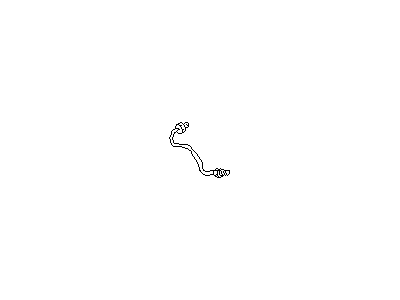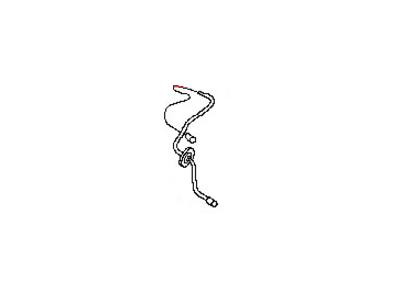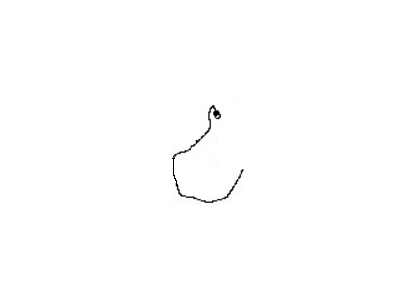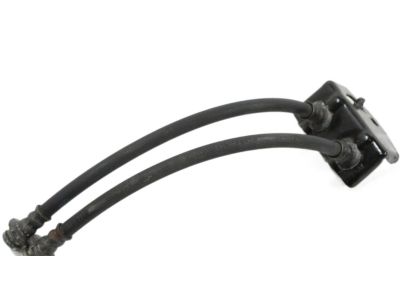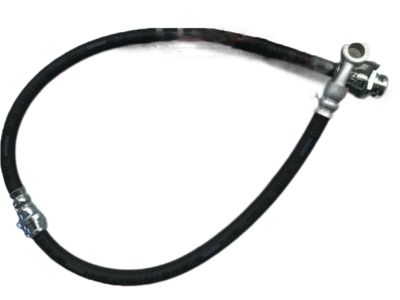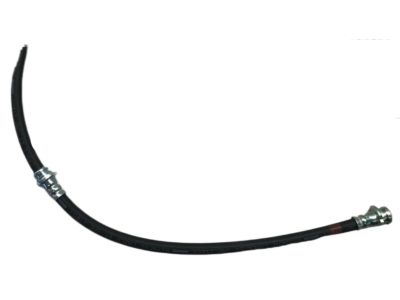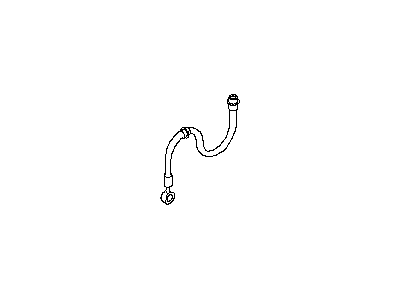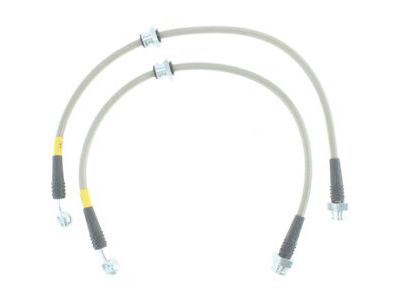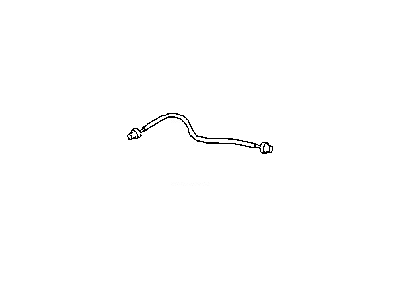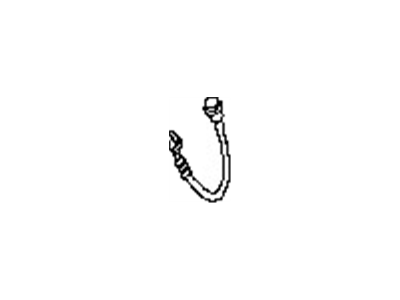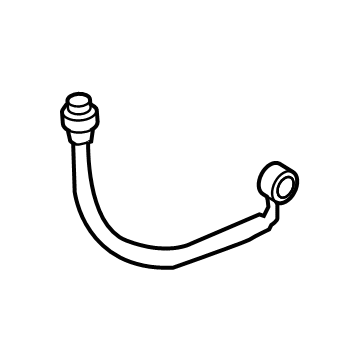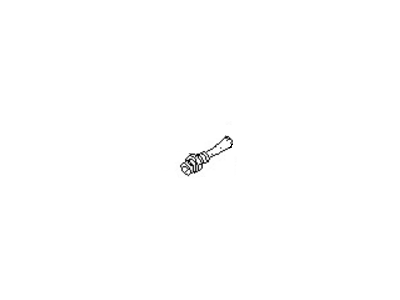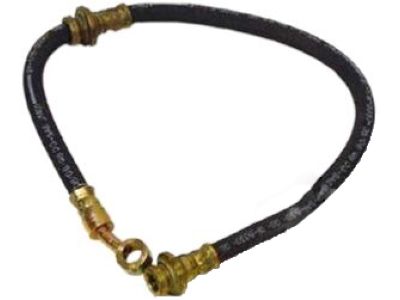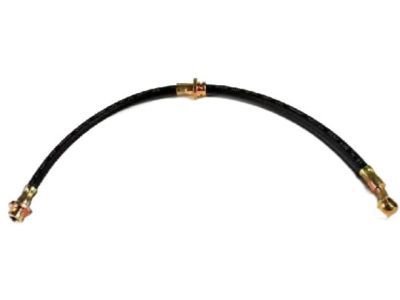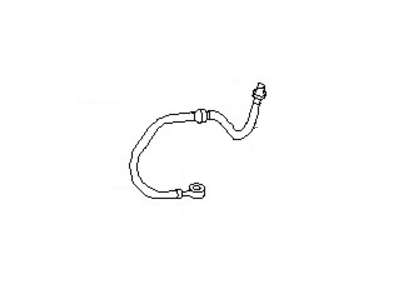×
- Hello
- Login or Register
- Quick Links
- Live Chat
- Track Order
- Parts Availability
- RMA
- Help Center
- Contact Us
- Shop for
- Nissan Parts
- Nissan Accessories

My Garage
My Account
Cart
Genuine Nissan Sentra Brake Line
Brake Hose- Select Vehicle by Model
- Select Vehicle by VIN
Select Vehicle by Model
orMake
Model
Year
Select Vehicle by VIN
For the most accurate results, select vehicle by your VIN (Vehicle Identification Number).
116 Brake Lines found

Nissan Sentra Tube Assy-Brake Rear,LH
Part Number: 46316-ET000$21.55 MSRP: $31.20You Save: $9.65 (31%)Ships in 1-2 Business Days
Nissan Sentra Tube Assy-Brake,Front LH
Part Number: 46242-3SG0A$31.58 MSRP: $45.73You Save: $14.15 (31%)Ships in 1-3 Business Days
Nissan Sentra Tube Assembly - Brake, Front RH
Part Number: 46240-3SH1B$10.96 MSRP: $15.87You Save: $4.91 (31%)Ships in 1-3 Business Days
Nissan Sentra Hose Brake Rear
Part Number: 46210-3SH5A$13.46 MSRP: $19.50You Save: $6.04 (31%)Ships in 1-3 Business Days
Nissan Sentra Hose Assembly-Brake Front
Part Number: 46210-3SH0A$49.90 MSRP: $72.27You Save: $22.37 (31%)Ships in 1-3 Business Days
Nissan Sentra Tube-Brake Rear RH
Part Number: 46315-3SH0A$19.20 MSRP: $27.82You Save: $8.62 (31%)Ships in 1-3 Business DaysNissan Sentra Tube Assy-Brake Rear,RH
Part Number: 46315-ET000$17.42 MSRP: $25.23You Save: $7.81 (31%)Ships in 1-2 Business DaysNissan Sentra Hose Assy-Brake,Rear
Part Number: 46210-ET010$19.55 MSRP: $28.32You Save: $8.77 (31%)Ships in 1-2 Business DaysNissan Sentra Hose Assy-Brake,Front
Part Number: 46210-ET83A$44.93 MSRP: $60.73You Save: $15.80 (27%)Ships in 1-3 Business DaysNissan Sentra Tube-Brake Rear LH
Part Number: 46316-3SH0A$20.20 MSRP: $29.25You Save: $9.05 (31%)Ships in 1-3 Business DaysNissan Sentra Hose Assy-Brake,Rear RH
Part Number: 46210-6LB1B$21.29 MSRP: $30.83You Save: $9.54 (31%)Ships in 1-3 Business DaysNissan Sentra Hose Assy-Brake,Front
Part Number: 46210-ET82A$44.93 MSRP: $60.73You Save: $15.80 (27%)Ships in 1-3 Business DaysNissan Sentra Tube Assy-Brake,Front RH
Part Number: 46240-4FU0A$52.33 MSRP: $75.78You Save: $23.45 (31%)Ships in 1-3 Business DaysNissan Sentra Tube-Brake Rear LH
Part Number: 46316-3SH1A$19.32 MSRP: $27.98You Save: $8.66 (31%)Ships in 1-3 Business DaysNissan Sentra Tube-Brake Rear RH
Part Number: 46315-3SH1A$27.60 MSRP: $39.98You Save: $12.38 (31%)Ships in 1-3 Business DaysNissan Sentra Hose Assembly-Brake,Rear LH
Part Number: 46211-6LB1B$21.29 MSRP: $30.83You Save: $9.54 (31%)Ships in 1-3 Business Days
| Page 1 of 6 |Next >
1-20 of 116 Results
Nissan Sentra Brake Line
If you need any OEM Nissan Sentra Brake Line, feel free to choose them out of our huge selection of genuine Nissan Sentra Brake Line. All our parts are offered at unbeatable prices and are supported by the manufacturer's warranty. In addition, we offer quick shipping to have your parts delivered to your door step in a matter of days.
Nissan Sentra Brake Line Parts Questions & Experts Answers
- Q: How to inspect and replace brake hoses and Brake Line on Nissan Sentra?A:The flexible hoses connecting the steel brake lines with the front and rear brake assemblies should be inspected for cracks, chafing, leaks, blisters and other damage about every six months. These hoses are important and vulnerable parts of the brake system; therefore, a thorough inspection is required. This check can be aided by a light and mirror. In case of any of the above conditions, you need to replace it. To replace the brake hoses, first loosen the wheel lug nuts then raise your vehicle securely on jackstands. Remove the wheel then unscrew the brake line fitting from the hose at the bracket. If it is a front hose, take away U-clip from threaded fitting on brake line as well. Use a flare-nut wrench to ensure you do not round off its corners. Take out banjo bolt at caliper end; slide hose through bracket if necessary. Additionally if it's a front hose, remove U-clip from strut bracket and disconnect hose itself. Attach caliper with banjo bolt into strut or pass caliper fitting end through strut bracket (for front hose) before installing new hose there using new sealing washers. It's important to make sure that there is no twist between caliper and strut bracket (or chassis for rear brake hoses). Finally route this into frame bracket ensuring it isn't twisted and attach brake line fitting securely. Remember to bleed caliper; then fit wheel back in place lower vehicle and tighten lug nuts to specific torque requirement given in service manual or car maker handbook for example 80 lb ft When replacing metal brake lines do not use copper tubing please have all correct parts prefabricated ones with flared tube ends and fittings are available for purchase Make sure when routing new line through brackets that it is secure and has enough clearance from moving or hot components After installation add fluid if needed check master cylinder fluid level bleed entire system carefully test brakes under controlled condition before driving in heavy traffic.
Related Nissan Sentra Parts
Browse by Year
2024 Brake Line 2023 Brake Line 2022 Brake Line 2021 Brake Line 2020 Brake Line 2019 Brake Line 2018 Brake Line 2017 Brake Line 2016 Brake Line 2015 Brake Line 2014 Brake Line 2013 Brake Line 2012 Brake Line 2011 Brake Line 2010 Brake Line 2009 Brake Line 2008 Brake Line 2007 Brake Line 2006 Brake Line 2005 Brake Line 2004 Brake Line 2003 Brake Line 2002 Brake Line 2001 Brake Line 2000 Brake Line 1999 Brake Line 1998 Brake Line 1997 Brake Line 1996 Brake Line 1995 Brake Line 1994 Brake Line 1993 Brake Line 1992 Brake Line 1991 Brake Line 1990 Brake Line 1989 Brake Line 1988 Brake Line 1987 Brake Line 1986 Brake Line 1985 Brake Line 1984 Brake Line 1983 Brake Line 1982 Brake Line

